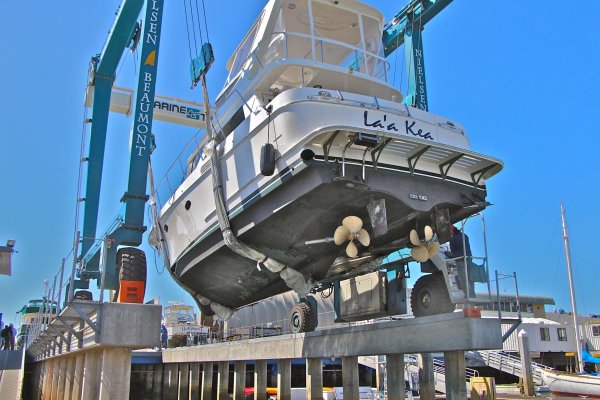Best way to control yawing in following seas I have found is to tow a drogue.
We used to take a 39' Mariner full displacement down to Tasmania annually and whenever we had following seas (and they were big!) (we were young and stupid) we deployed a torpedo shaped hard plastic drogue called a Sea Squid, made in New Zealand.
As soon as it is deployed on a long line, with bridle, and chain just ahead of it to keep t down it is happy days! Literally straightens the boat, autopilot just steers happily, where without it forget it, no hope, you would have to steer all night long. Much harder to hand steer downwind at night without any reference points for anticipation. The drogue is incredible.
Limits speed to no more than 10 knots , it just hauls the back of the boat back straight. If quatering seas just set it to one side with bridle.
For long passages well worth the effort to deploy it, not so for a short run locally or in crowded waterways where someone might get caught up in the tow line, we deploy it out around 100 meters at sea so it is pulling through swells well behind you, its magic.
Still have it, still use it, it transforms any boat at or under 10 knots, we did use it on our Bayliner 4788 with great success up to 12 knots.



 My wife's Hobie Revolution looks like the that!
My wife's Hobie Revolution looks like the that!



